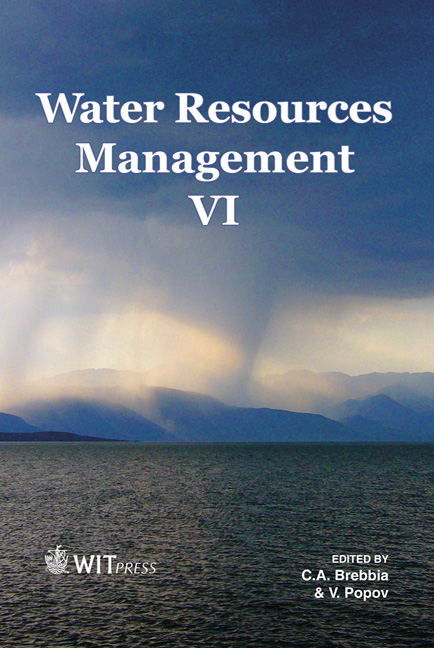New Wine In Old Bottles: A Brief History Of The Use Of Economic Incentives In Natural Resources Management
Price
Free (open access)
Transaction
Volume
145
Pages
12
Page Range
573 - 584
Published
2011
Size
315 kb
Paper DOI
10.2495/WRM110511
Copyright
WIT Press
Author(s)
V. Bjornlund & H. Bjornlund
Abstract
During the last two decades economic instruments have increasingly been introduced around the world to reverse the process of land and water degradation. This has been presented as a policy change and in the context of water management has been subject to heated debate. However, economic instruments have been used for more than 5000 years to achieve government policy objectives. Historically this has often resulted in environmental degradation and in some instances to the decline or collapse of cultures. Economic instruments are therefore nothing new, what is new is that the policy objective has changed from providing incentives to expand production, clear forest, increase water use, drain wetlands etc to now providing incentives to reduce resource use. While the expansionary use of incentives has mainly been seen as a positive among resource users and their communities, the new direction is challenging and threatening both for resource users and the communities depending on them as the economic engine for jobs, services and tax revenue. Keywords: economic instruments, economic incentives, water, land. 1 Introduction Since the Rio Convention there has been increased emphasis on the use of economic instruments and incentives for the management of water and other natural resources. This represents an acknowledgement of the scarce nature of these resources and the growing environmental impact of their extraction. The use of economic instruments has been presented as a major shift in policy direction, as if it is something new. In the context of water management this
Keywords
economic instruments, economic incentives, water, land





